![]()
![]()
©
2000 The Independent Fact Group
Part two - Non-evaluated damages and misleading conclusions
Paper NF-5, the International MV Estonia Seminar, Stockholm 29-30 May 2000
In this part two:
The bottom plating on the visor
The severe damage to the bulbous bow, port underside
A hole in the hull
Category 1. Damages found by the Commission, incorrect conclusions made:
The bottom plating on the visor
In a Statement Report, "Recovery damages on the visor", the Independent Fact Group show that damages on the visor was caused from the recovery operation of the visor, and that the Commission failed or did not care to identify damages related to the recovery.
As a consequence the damages on the visor has all been identified as caused by the "loss of the visor", and by the Commission directly related to the sinking of the MV Estonia.
Or in other words: The Commission has failed to identify damages on the visor as related to other than the accident scenario. There are several damages on the visor that were caused by the recovery operation of the visor. It must therefore be impossible to describe the sinking scenario from damages on the visor, before those have been correctly identified.
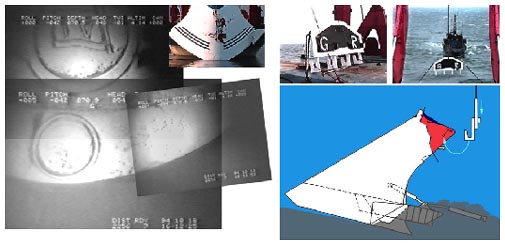
Picture 15: Finish archive "visiri 17-18/10 -94".
The visor on the bottom of the Baltic, (mosaic) 94.10.18 - 16:12:25.
These pictures are from a video "visiri" recorded by the Finish authorities the 18:th of October 1994 (9). This video is also a documentation over some of the damages found on the visor standing on the seabed.
The visor was found standing upside down with its entire gunwale free from the seabed. The only parts of the visor that had sunk in the mud were the visor arms and the housing for the ramp.
The recovery plan was to lower a yoke in the sea down to the visor and then "catch" the visor with hooks on the yoke.
To make this presentation a bit shorter than our report, I will go directly to the damages after the visor was recovered, and compare them with the damages before the recovery. Those of you that will not believe me, I recommend you to read our full report. I do understand that it can be hard to believe that the Commission virtually must have been blind in their efforts to prove their early and only scenario.
But still, this is pure fact and the evidence is from the Commission's own video material.
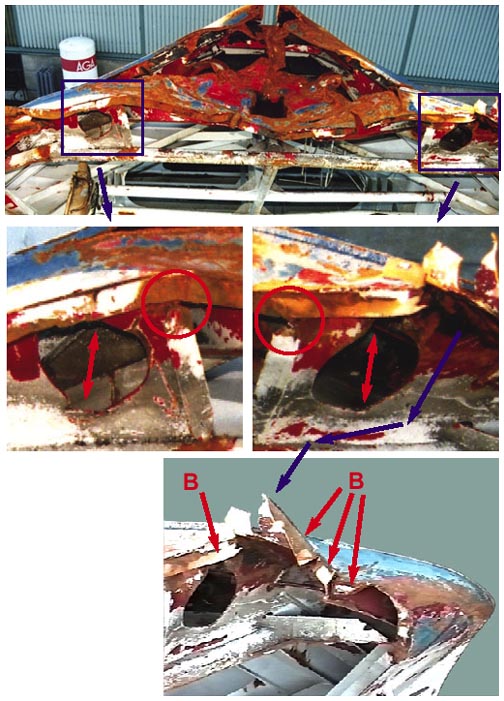
Picture 16: The visor after recovery. Finish archive "ESTONIA"
(no date or other marking).
This is an overview showing the bottom of the visor after the recovery (10). The visor is standing upside down, and we are going to look closer to damages in these two areas.
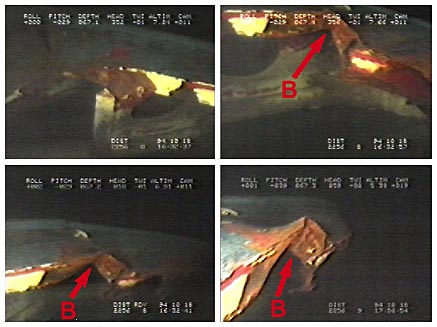
Picture 17 a (see also16): Visor damages before (and after) recovery. Finish archive "visiri 17-18/10 -94" The visor on the bottom of the Baltic.
The video ("visiri") show that at least 5 damages "were missing" in relation to the damages found after the recovery. It can clearly be seen when comparing the videos before and after that he beam (B) on the port side of the visor bottom was not completely broken before the recovery as it became after the recovery.
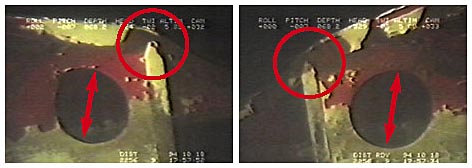
Picture 17 b (16): Visor damages before (and after) recovery.
The round holes in the plates here were not damaged before the recovery, but they are severely damaged after the recovery. Also the bottom plating has separated further apart from the vertical section here as a result of the recovery.
It is proven in our report that several damages were caused by the yoke or the hooks on the yoke during the recovery operation. Therefore it can not be concluded that the damages described in the final report really was caused by the accident and sinking of the ship. The damages can not be used as evidence before damages caused from the recovery operation have been correctly identified.
Overheads from The Independent Fact Group Report - "Recovery damages on the visor"
Page 11.
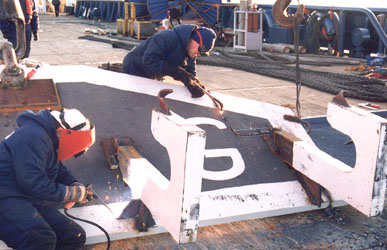
Report picture 9. The picture shows the fourth redesign. It involved removing major parts of the upper corners of the yoke by means of cutting, and also cutting away material on each side of the yoke to make it narrower.
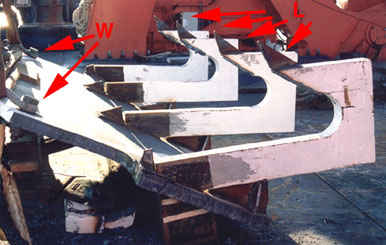
Report picture 10. The picture shows the result of the fourth redesign. Material from the hooks was also cut away, and the relative angle between the yoke and the hooks was changed. New holes were cut for the two wires or thick ropes (W) that were attached on each side of the yoke. The triangular lugs on the hooks have been repaired (L).
"Recovery damages on the visor" Page 14.
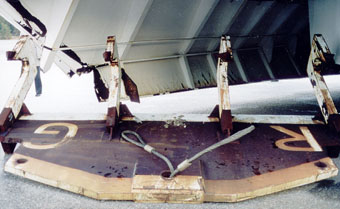
Report picture 15. Three hooks are damaged. The outer port side hook, to the right of the picture, was not damaged.
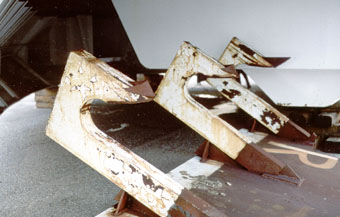
Report picture 16. The two middle hooks seen here have been severe damaged.
"Recovery damages on the visor" Page 20.
Possible explanation of the damage caused during the recovery
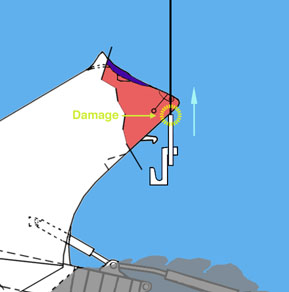
Report picture 24. Possible damage caused during the first attempt to recover the visor. Damage type one. Damage from the yoke due to failure to attach it to the visor (dimensioning problems). The yoke may have hit the visor in several places.
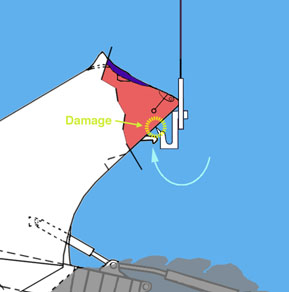
Report picture 25. Possible damage caused during the second, third and fourth attempts to recover the visor. Damage type two. Damage from the yoke as the modified hooks with sharp lugs hit the visor. The lugs were bent as a result of hitting the visor. Score marks must have been caused. The hooks may also have ripped and damaged other parts of the visor.
"Recovery damages on the visor" Page 21.
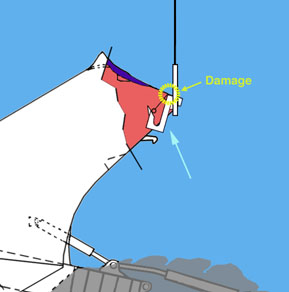
Report picture 26. Possible damage caused during the third and fourth attempts to recover the visor. Damage type three. Damage from the yoke as it was forced to attach to the visor beam.
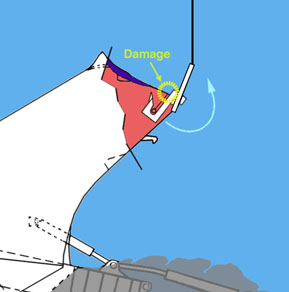
Report picture 27. Possible damage caused during the finalt attempt to recover the visor. Damage type four. Damage from the yoke after it was forced to attach to the visor. When the visor was lifted it was damaged due to bending force. This caused further separation between the transverse beams and the plating and may also have damaged the visor bottom plating further.
Conclusion
The video recordings made before and after the recovery of the visor show that the visor did suffer from further damages during the recovery.
The Commission has not with one world even suspected that there could have been damages caused during the recovery. Neither have they described the recovery operation, why it must have been presumed that the recovery did not affect the visor in any way. Obviously all the damages on the visor have been seen as a result of the accident.
The different damages on the visor has by the Commission been concluded as evidence for:
that the visor hit the forepeak deck while loose but still rotating around the visor hinges,
that the visor has been moving up and down 1,4 meters along the front bulkhead during the loss of the visor,
that score marks was the result from those actions.
Those damages have been substantial evidence for the accident scenario described by the Commission.
As some of the damages now are proven to be the result from the recovery operation, the complete scenario concluded by the Commission must be seen as unconfirmed.
I find it almost embarrassing to note that the Commission with their expertise didn't even bother to find out which damages were related to the sinking and which were not.
Category 2. Damages documented by the Commission, unidentified and not evaluated:
The severe damage to the bulbous bow, port underside
The Commission stated in chapter 8.5.1 that "No external damage other than that in the visor and forward ramp area was observed on the wreck." This conclusion is proven incorrect by the video recordings from the wreck and written confirmations of other damages.
When going through the video material from the wreck we found, among several other external damages to the hull, one of particular interest. This damage could indicate that MV Estonia suffered from a collision on the port side. It could also indicate that she earlier had been damaged from a collision, or she could have been damaged from hitting the seabed, which must be considered more unlikely as she is resting on the starboard side on the seabed.
However, the damage is extensive and it has not been evaluated.
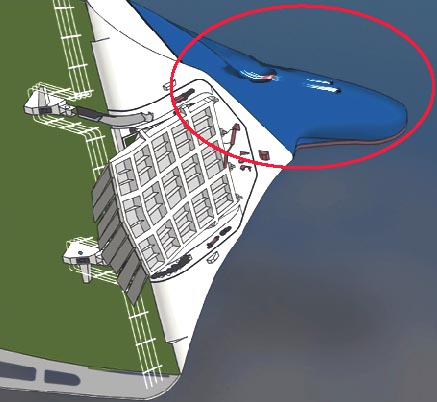
Picture 18: M/V Estonia. Simplified drawing, perspective changed in bow area to visualise the ramp. The area of the damage.
This is where the damage is located. The port underside of the bulbous bow has been hit by something. On at least two places close to each other there are marks from something leaving white tracks on the hull. A bit further back the hull plating is severe damaged and bent inwards, also here leaving major score marks.
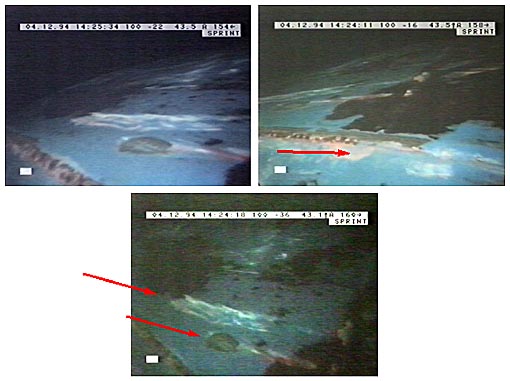
Picture 19. Video SHK B40a, Video log 04.12.94 - 14:24:11 - 34 The bulbous bow. Port side damage. Several scratches in aft direction in line with ship movement. Arrows points in direction towards the stern.
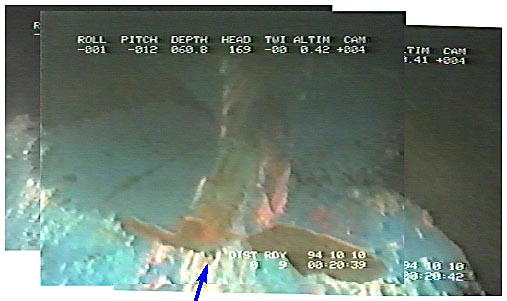
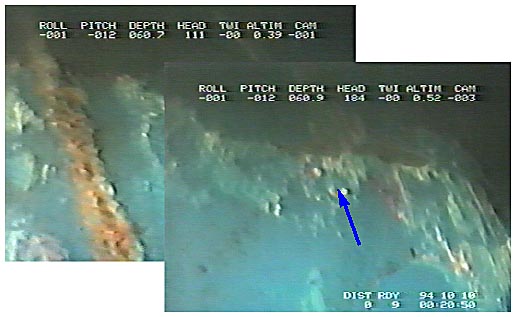
Picture 20: Video SHK B2, Video log 94.10.10 - 00:20:40. Damage on the bulbous bow. Damage on the bulbous bow.
The bottom paint is missing, not only here, but also over large areas of the underwater hull. It has not been possible from the video material to conclude if the hull was cracked open from this damage, but with this extent of damage it would be surprising if the hull had not been cracked open.
Category 2. Damages documented by the Commission, unidentified and not evaluated:
A hole in the hull
Estonia must have had at least one major damage under the waterline, or very close to it. Several witnesses tell that there was water under the cardeck before the ship started to list. Witnesses have also seen a hole when the ship sank, a hole that could not have been the opening behind the ramp as the ship in this situation was capsized upside down. If the ramp had been open it had in that situation already closed itself by gravity. Johan Fransson, head of the Swedish National Maritime Administration (SNMA) has confirmed on more than one occasion, that Estonia had a hole in the hull on the starboard side. In a news article the 18:th of October 1994 (Dagens Nyheter) Sten Andersson, The Swedish Maritime Administration, and also an observer in the Commission states that there is a hole in the hull. "There are video recordings of these damages, recently taken by the ROV's", he said.
During our research for picture evidence of such a hole, we
found that during one of the underwater video recordings they
enter the cardeck through some other opening in the hull than
through the ramp opening. As there should be no other opening
large enough to admit an underwater vehicle to enter the cardeck,
the entry must have taken place through a large hole on the starboard
side, close to the bow.
The commission has however denied every entry in to the cardeck. In the final report chapter 8.7 they state that "The car deck was not surveyed due to the hazards related to divers working in the area." (11)
We have found that statement incorrect and the opposite proved by the following fact:
1. The video material confirms investigation on the cardeck (12)
2. The investigation is documented in the written video logs (13)
3. The SNMA did confirm the investigation in the report "Analyze
of consequences 1994.12.12". (14)
4. In the report from the SMIT TAK BV that made the video investigation
on the cardeck and other areas, they describe the investigation
on the cardeck. (15)
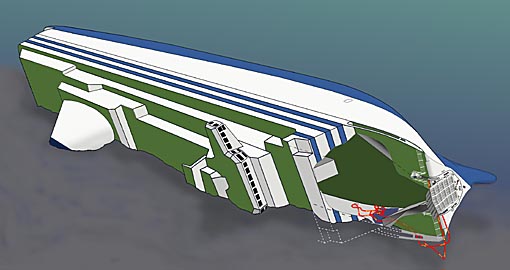
Picture 21: M/V Estonia. Simplified drawing, overview ROV route on cardeck. Overview, ROV investigation route on cardeck, a hole in the hull.
This is to show an overview of the extent of the ROV investigation on the cardeck. The most forward part of the cardeck (deck 2) was open from side to side without central casing. The casing that divided the cardeck in one starboard and one port side can be seen further back.

Picture 22: M/V Estonia. Simplified drawing, close-up beginning of ROV route on cardeck.
When the ROV enter the cardeck one would believe the normal
would have been to use the opening behind the ramp. This was
not the case, though the ROV operators made several attempts
to enter the cardeck from a point close to the seabed. They finally
used a diver to assist the ROV operators to guide the ROV in
to the cardeck. During this attempt they obviously managed to
get in to the cardeck passing down close to the ramp, the forward
bulkhead, starboard gunwale and down to the seabed. The investigation
was performed at about twenty meters in to the cardeck, and reentry
from the cardeck was done the same way out.
The diver assisting the ROV in to the cardeck also confirm and show that the ramp opening was too narrow to permit the ROV to enter that way (16).
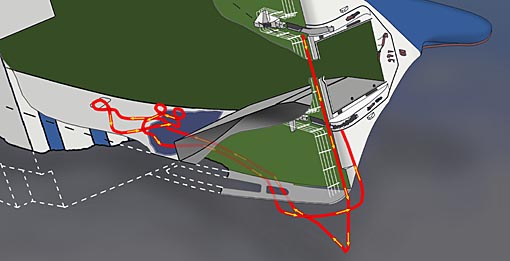
Picture 23: M/V Estonia. Simplified drawing, close-up entry and reentry, ROV investigation on cardeck.
This is a reconstruction of the ROV route on the cardeck.
After moving along the seabed they manage recording several internal
structures from the ship. It can not be explained as a recording
of the seabed structure outside the ship, as it would not be
such structures there.
The investigation was also confirmed on the actual video by
verbal and written comments. (Appendix 1)
In the following video film (17), that originally was uncut and with short comments, we can follow one of the investigations on the cardeck. As long periods of the video only show silt, we have edited the video to show the interesting parts.
[Video 2. Investigation of cardeck (12)]
Final conclusion
My final conclusion is simple in the light of the importance of future Safety at Sea, let us have a new independent and international investigation, the first group out didn't do their job!
(9) Finish archive "visiri 17-18/10 -94"
The visor position on the bottom of the Baltic. (back)
(10) Finish archive "ESTONIA" The recovery
of the visor. (back)
(11) JAIC 8.7 Condition of the interior.... The car
deck was not surveyed due to the hazards related to divers working
in the area. It is therefore not known whether the lashings had
been able to restrain trucks. (back)
(12) Video SHK B 40 b: Video log 23:26 - 23:39, ROV
investigation on cardeck.
Video SHK
B 40 c: Time 1.31 - 1.35. Diver investigate inside of ramp
from the cardeck
Video SHK
B40 b: Video log 20:35:38. Diver enters cardeck (back)
(13) Document Video Tape Log B 40 b, Rockwater;
23.26 Attempt
to enter car deck with assistance of divers.
23.31 Debris
in car deck, cement bags, pallets.
(back)
(14) "Analyze of consequences - Estonia 1994.12.12",
Swedish National Maritime Administration (Konsekvensanalys
Estonia, Sjöfartsverket): Page 13, Translated from Swedish:
....Deck 2 and 3 is the cardeck. An ROV entered about 20 meters
on deck 2. Cargo on pallets was fallen to starboard. The vehicles
that could have been on the forward part of deck 2 seemed to
have fallen towards the stern. ("Däck 2 och 3 är
bildäck. En ROV fördes in ca 20 meter på däck
2. Last på pallar låg rasad åt styrbord. De
fordon, som kan ha stått på förliga delen av
däck 2, synes ha rasat akteröver.")
(back)
(15) Surveyreport m.v. " Estonia ", project nr.
94/7 .060. SMIT TAK BV, Rotterdam 8 December 1994:
2. Survey, a. General: ...."The survey on the bottomside
of the ship and the internal inspection of the cardeck
is conducted simultaneously with the internal inspection of the
wreck by the Rockwater divers".... ....
"The depth survey at the vessels stern, bottomside seabed
and the deckside was conducted by UFO ROV while the topside depth
survey on the vessels portside, bulbous bow, bowramp and internally
inside the cardeck was carried out by the Sprinter ROV."
3. ROV survey, a. Particulars: ...."A ROV survey
was conducted in the cardeck covering until a distance of 20
meters inside the wreck. It was observed that cargo had fallen
to the lowerside and although trucks have not been seen it can
be assumed that they have also fallen to the lowerside of the
cardeck. Silt has been observed in the cardeck. Divers have reported
debris lying on each deck at the lowerside."
(back)
(16) Video SHK B 40 e: Time 0:50, Diver assist the ROV to enter the cardeck, confirms and show that the gap between the hull and top of the ramp is too narrow to permit the ROV to enter. (back)
(17) Video SHK B 40 b: Video log 23:26 - 23:39, ROV
investigation on cardeck. Edited by the Independent Fact Group. (back)
Appendix 1.
Outprint of commentary,
Video SHK B 40 b: Video log 23:26 - 23:39, ROV investigation on cardeck.
Time: At 23.11.18 the video is cut to 23.26.35 where this
outprint starts.
DC = dive control
BG 1 = background 1
BG 2 = background 2
BG 3 = background 3
A = person speaking with an accent
X = other person
Time whitin [ ]
unclear whitin (?)
[23.26.35]
DC: Attempt to enter the cardeck this time with the assistance of the diver.
BG 1: Here is the diver now
BG 2: Just go straight down
BG 1: No no no no no no, straight down
BG 2: We have been here before...
BG 1: No but not...
BG 3: Oh, stop there...first time
BG 1: Now?
BG 3: Is it going to (alert?) now [23.22.09]
BG 2: Alert
X: (unclear?)
BG 3: It is straight down to where you (were?) you have to go down the (stairs?), you can not come in from the top apparently.
BG 1: Roger, we got lost here about 3 times...
[ROV following the "ramp tunnel" close to deck towards the starboard side 23.27.38]
[Passing starboard upper corner of opening in to cardeck 23.57.52, depth 79 m]
[Starboard bulkhead in view 23.27.58]
[Passing starboard railing, most forward point at the ship 23.28.17, depth 84m]
[Going straight down, hit the seabed 23.28.50, depth 91,5 m]
DC: We are seeing some debris now...suggests we are inside now
BG? (unclear?)
A: Ja, that's cargo, that's pallets, that's (pallet-dised?) cargo that's on a pallet , that's cargo, that is cement, ja [23.31.18]
A: ja, ja, that's cement
BG 1: Come closer the...[23.32.18]
A: That's pallets [23.32.34]
A: That's cement again [23.32.42]
A: Lets go an other direction
A: Ja, this are decks [23.32.51]
A: That's something...
A: ...having this (dies?) [23.33.04]
DC: Continuing inward on the cardeck [23.33.18]
BG 1: What's this [23.33.28]
BG 1: Come closer
DC: Since there were debris of various descriptions [23.33.36]
BG 2: That's some trousers [23.33.40]
BG 1: Ja
X: (unclear?)
BG 2: Appears to be a lot of cement and pallets [23.33.54]
X: (unclear?)
BG 2: We are inside the cardeck some where
BG 1: That's cement pallets [23.34.40]
X: ...was moulded...
X: ja, ja...
X: under the ship [23.34.58]
X: ...not in the 180
X: (unclear discussion?)
X: What is that? [23.35.33]
BG 2: That's a lot of debris covered with silt
BG 1: OK
BG 3: The agreement is (sounds?) (Ruswell?) been here more than 30 meters telling an excursion, I am just not about that at the present time. The diver could fit the hole....That was the big (dave?) (packet?)...That's the far as the diver could get...so...my...excursion [23.33.52]
X: (unclear?)
X: You can't go any further than that? [23.36.19]
BG 1: You were on the maximum?
BG 3: 20 meters is as far as I can go [23.36.26]
BG 1: OK, but, but, can we go a little bit more downwards before you leaving because now we went...
BG 2: We were on the bottom...
X: (unclear discussion, many voices?)
BG 1: The side shell is down...[23.36.53]
X: (unclear?)
X: So you are looking at the deck
X: It's all silt, siltcement or...
BG1: Every time he goes a little bit deeper he still...[23.37.10]
BG 1: The only thing is, is if you see the depth your on 90 meters, if I take...cant be that much
X: (unclear?)
BG 2: (unclear and something like?) "bowdoor also in (haar?) simple can't see anything...
BG 1: ja, it is, ja, but, ja ja ja, the thing is that...OK she went down by the stern, Then it might... [23.38.12]
[This is the end of the commentary. The ROV leaves and divers lights can be seen "under the ship" 23.38.40]
[The white starboard bulkhead in picture, coming from above 23.38.42, it is also possible to see the starboard upper corner of the opening in to cardeck again]
[The rubber seal on the starboard side bulkhead 23.39.08] (back)